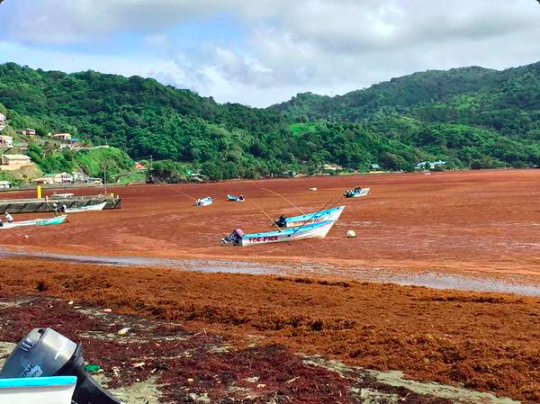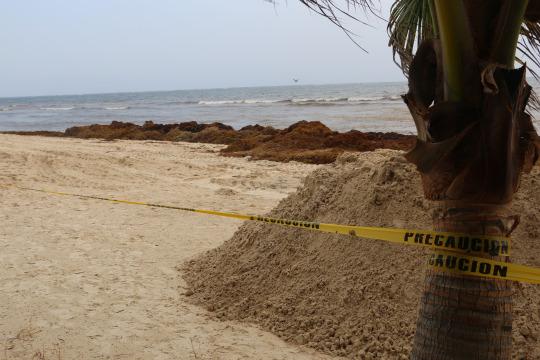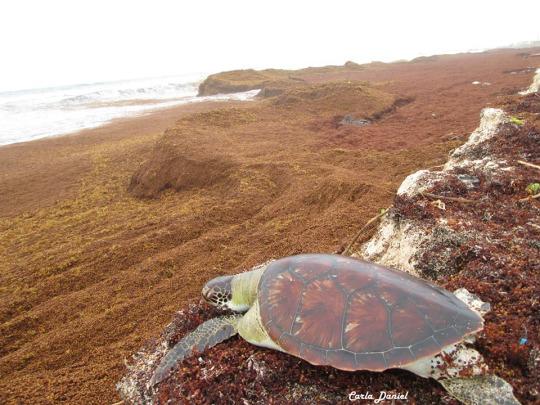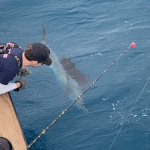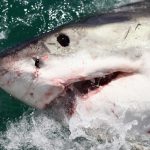Article Courtesy: yahoo.com | By: Laura Begley Bloom | Originally Published August 4, 2015 | Please click here for original article.
It smells, it’s ugly, and it’s killing wildlife.
From the Riviera Maya of Mexico to the shores of islands like St. Martin, St. Thomas, and Anguilla, once-pristine beaches are being inundated by massive amounts of thick, brown seaweed that refuse to go away and are wreaking havoc on the ecosystems.
At a news conference on Tuesday, the Tobago House of Assembly declared a natural disaster and announced a $3 million budget to tackle the influx of seaweed on the island’s Atlantic coast.
Above: A roped-off Riviera Maya beach, edged in seaweed. (Photo: Laura Begley Bloom)
On July 30, Mexico’s Environment Department announced that the country would hire 4,600 temporary workers and spend about $9.1 million on cleanup efforts along the Caribbean coast, also known as the Riviera Maya. Cancun reported that it had removed nearly 100 tons of seaweed to date.
“In living memory we’ve never seen it this bad,” David Freestone, executive director of the Sargasso Sea Commission, told Yahoo Travel. “The worry is that this will be the new normal.”
Above: Sargassum seaweed covers the bay and beach at Speyside in Tobago. (Photo: Farley Augustine)
On Antigua, seaweed piles have reached 4 feet tall in some areas. On Barbados, 42 turtles recently died after getting caught in the seaweed and suffocating. Shocking photos from the island of Tobago emerged this week, showing boats trapped in a bay blanketed in seaweed.
Making matters worse, the seaweed — which harbors sea creatures — emits a pungent scent when it begins to rot.
Above: A live sea turtle overlooking small mountains of seaweed in Barbados. (Photo: Barbados Sea Turtle Project/Facebook)
The seaweed, known as sargassum, is usually contained in the Sargasso Sea, a floating ecosystem in the North Atlantic that stretches nearly 2 million square miles. But the seaweed is no stranger to the Caribbean region. “Every year in April and Mayyah some of it spills out into the eastern Caribbean, and the fishermen love it because it brings wahoo, dorado, tuna,” said Freestone, whose Sargasso Sea Alliance works to conserve the Sargasso Sea.
According to reports, the current invasion of seaweed started at the end of 2014 and hasn’t let up. In some areas, it has gotten worse in recent weeks. Sargassum seaweed has also been spotted as far away as West African countries like Ghana, where piles reach up to 10 feet high, and along the shores of Florida, from Palm Beach to Jetty Park.

